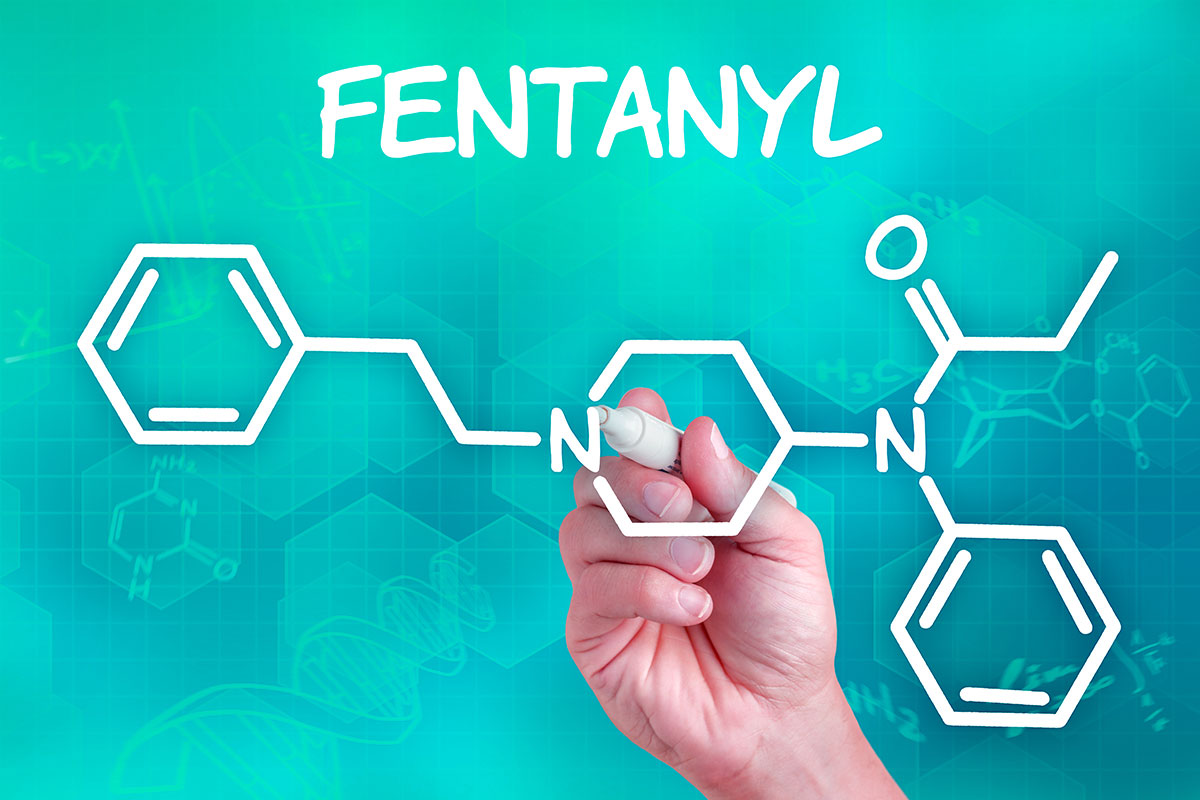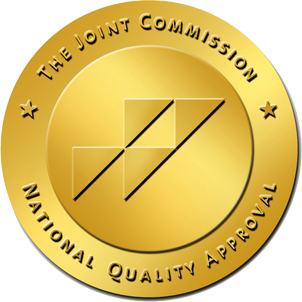
Fentanyl is rapidly becoming one of the most common recreational opioid drugs on the market. That’s both because it’s commonly sold as a strong and cheap alternative to opioid painkillers and because it’s used in counterfeit and cut versions of other drugs. Fentanyl is found in everything from heroin that’s cut to reduce costs to faux Xanax pills – meaning that millions of people are using fentanyl even when they aren’t aware of it. It’s also used as a prescription painkiller after surgery, where you might have a patch or a slow-release pill or even fast-acting pills after significant surgery and advanced-stage cancer treatment. In any case, fi you’ve been using fentanyl more often, it will have a withdrawal phase, and that withdrawal phase can be significant and even dangerous.Fentanyl is currently considered to be one of the most dangerous opioids on the market. It’s responsible for about 70% of all opioid-involved overdose deaths.
And, at up to 100 times the strength of morphine, it’s easy to overdose on because even a tiny amount is too much. This means that withdrawing from it and getting clean can be critical to ensuring your safety. However, getting clean can be dangerous in and of itself and it is important to approach fentanyl withdrawal and detox carefully.
What Happens When You Withdraw from Fentanyl?
Fentanyl withdrawal starts within 6-12 hours after your final dose of the drug, or about 24-48 hours if you have a slow-release formula. Here, symptoms largely map to those of regular opioid withdrawal, but can be somewhat more severe as fentanyl is one of the strongest opioids you can take.
Here, you might not notice a difference between fentanyl withdrawal and a severe case of the flu. All of your symptoms will typically start out light and then will increase in severity. In addition, they may come with symptoms of anxiety, panic, and distress, which don’t come with a normal cold or flu. Here, you can expect symptoms of:
- Sweating
- Shaking or tremors
- Nausea
- Diarrhea and vomiting
- Cravings for more fentanyl
- Abdominal cramping and stomach problems
- General malaise/muscle pain
- Agitation
- Irritability and mood swings
- Fatigue and lethargy

These symptoms start out light and can increase to be very severe over the 1-2 weeks of symptoms. It’s also important to manage side-effects, as leaving them alone can result in increased risks of dehydration, choking, and even seizures.This means ensuring that you drink enough, putting in effort to sleep on your side, and ensuring that you’re investing in health at the same time.
Get Your Questions Answered
Our expert & caring staff on site are available 24/7. Call us today.

How Long Does Fentanyl Withdrawal Take
Withdrawing from fentanyl typically takes anywhere from 14-20 days. However, if you are taking a slow-release version of the drug, it can take much longer. In addition, many of the mental side effects and symptoms can take significantly longer to go away. This means you’ll have to manage your mental health and treatment over the longer term.If you’re withdrawing from fentanyl in a treatment center, you’ll typically receive medication to speed up this process and to reduce the symptoms and the severity of the symptoms.
3-24 Hours – Early onset withdrawal means that withdrawal symptoms kick in. This normally happens in 3-6 hours with normal fentanyl. However, if you have a slow-release version of the drug it can take much longer. Therefore, you’ll have to adjust your timeline based on what kind of fentanyl you’re using. Early withdrawal typically starts out with anxiety, cravings for more of the drug, and the start of early cold and flu feelings. Here, you’ll most likely want to invest in self-care and either go back to bed, ivnest in light exercise, and ensure that you drink enough water.
Day 1-4 – Withdrawal symptoms normally kick in fully after the first 24 hours although it can be as long as 48 hours if you have a slow-release version of the drug. Fentanyl withdrawal symptoms normally start with sweating, chills, runny nose, and sometimes a cough. Most people will also start to experience nausea and potentially diarrhea or vomiting right away as well. Your mood will drop and you’ll feel anxious, low, and cravings will intensify. For most people, this means you’ll want to ensure that you have good social and emotional support in place. You’ll also want to ensure that you are taking care of yourself, drinking enough water, eating well, and getting light exercise. After the first few days, you’ll also be at risk of respiratory problems and breathing difficulties, you might have muscle shaking and spasming, and tremors. Most people do need medical attention here and having a nurse or a doctor to monitor your condition is important.
Day 5-22 – In most cases, your symptoms will plateau and then start to balance out after the first 5 days. If you’re on a slow-release version of fentanyl, it may take up to 14 days to reach this phase. From there, you’ll need another 10-15 days for symptoms to gradually go away. Here, your existing symptoms should stay the same but should gradually fade over time, meaning you will feel physically better every day. However, mental symptoms may not fade and you may require therapy and counseling to deal with those symptoms before they actually fade.
In most cases, fentanyl withdrawal will take about 15-24 days total no matter what kind of fentanyl you are using. This means you can expect symptoms to last about 2 weeks on average.
Dangers of Fentanyl Withdrawal
Fentanyl is one of the strongest opioid drugs on the market. Often, this means that you’ll face two major risks when withdrawing from the drug. The first is that side-effects can be dangerous. Here, you might face tremors, potential seizures, and muscle shaking which can cause medically significant risks. You might also experience risks of dehydration and the significant danger to your organs and your health that go with. People can also risk choking when vomiting, nutritional deficiencies, and other potentially severe side-effects of normal flu symptoms. Anyone who withdraws from fentanyl also faces the significant risk of relapse, where you are at risk of giving in to cravings. This puts you at increased risk of overdose, because your tolerance can drop significantly even in a very short amount of time. This means that the same dose you used before withdrawing can result in an overdose after withdrawing. Therefore, you might be putting yourself at risk just by using your normal dose.
Getting Treatment
If you or a loved one is struggling with fentanyl use, it’s important to get help. Here, you can get treatment and assistance during the detox and withdrawal phase. This very often means that you’ll receive a medication assisted treatment program, where you get methadone or suboxone to help you manage withdrawal symptoms and reduce their severity. These drugs also reduce the risk of relapse, which significantly reduces the risks associated with withdrawing from fentanyl. Professional treatment for fentanyl addiction also means getting behavioral health support, counseling, and group therapy for drug addiction, all of which will work to give you the tools to manage life without fentanyl so you can stay clean over the longer term.

Fentanyl is one of the most dangerous opioids on the market. If you or a loved one is using it, you’re putting yourself at risk. At the same time, withdrawing from fentanyl without medical support is also dangerous, because symptoms and side-effects can be severe and because the risk of relapse can be significant. It’s important that you get treatment and support to ensure you stay safe. Good luck with getting clean from fentanyl.






